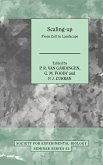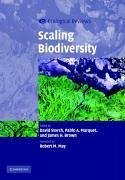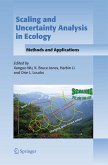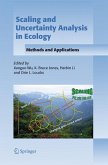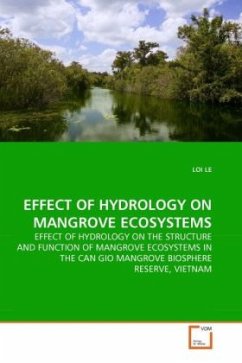All living organisms require nitrogen, and a single
process biological nitrogen fixation accounts for
more than 97% of natural nitrogen inputs into Earth s
ecosystems. To date, most nitrogen fixation research
has focused on the symbiotic nitrogen fixation
occurring via the structured relationship of
particular bacteria and plant roots. Yet free-living
nitrogen fixation, the nitrogen fixation occurring
outside of this symbiosis, may represent the dominant
source of biologically-available nitrogen to a
variety of ecosystems. Here we explored free-living
nitrogen fixation controls, ranging from the effect
of fertilization on nitrogen inputs to the role of
microbial nitrogen-fixer community structure in
regulating nitrogen fixation rates. We found that
free-living nitrogen fixation was a dynamic process
that supplied diverse ecosystems with nitrogen, and
that we could elucidate multiple controls over this
important process.
process biological nitrogen fixation accounts for
more than 97% of natural nitrogen inputs into Earth s
ecosystems. To date, most nitrogen fixation research
has focused on the symbiotic nitrogen fixation
occurring via the structured relationship of
particular bacteria and plant roots. Yet free-living
nitrogen fixation, the nitrogen fixation occurring
outside of this symbiosis, may represent the dominant
source of biologically-available nitrogen to a
variety of ecosystems. Here we explored free-living
nitrogen fixation controls, ranging from the effect
of fertilization on nitrogen inputs to the role of
microbial nitrogen-fixer community structure in
regulating nitrogen fixation rates. We found that
free-living nitrogen fixation was a dynamic process
that supplied diverse ecosystems with nitrogen, and
that we could elucidate multiple controls over this
important process.


